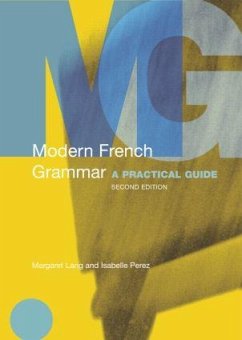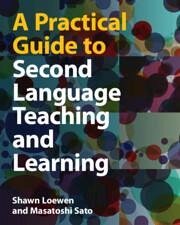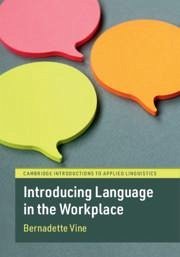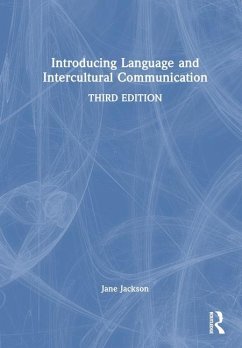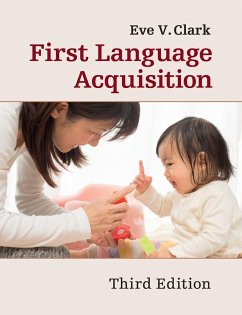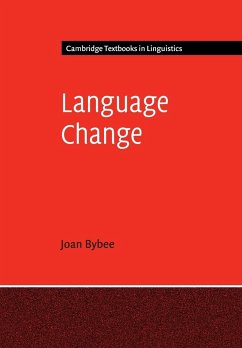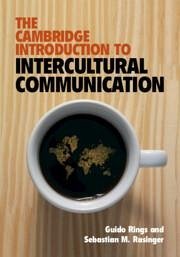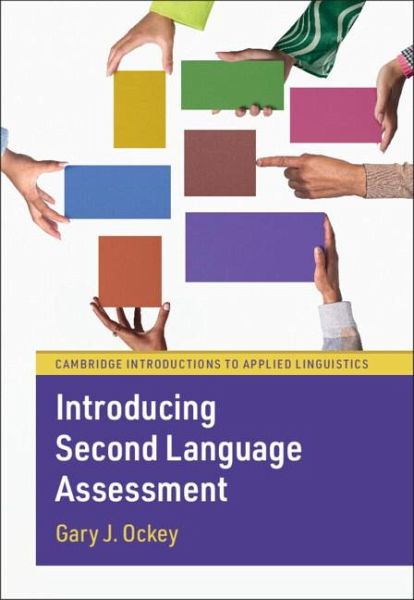
Introducing Second Language Assessment
Versandkostenfrei!
Versandfertig in 1-2 Wochen
34,99 €
inkl. MwSt.

PAYBACK Punkte
17 °P sammeln!
Focusing on the key concepts and principles of second language assessment, this textbook offers an up-to-date, accessible, and transparent introduction to the topic. It explores how to select, create, score, and analyze language assessments within various sociopolitical, cultural, and educational contexts.





